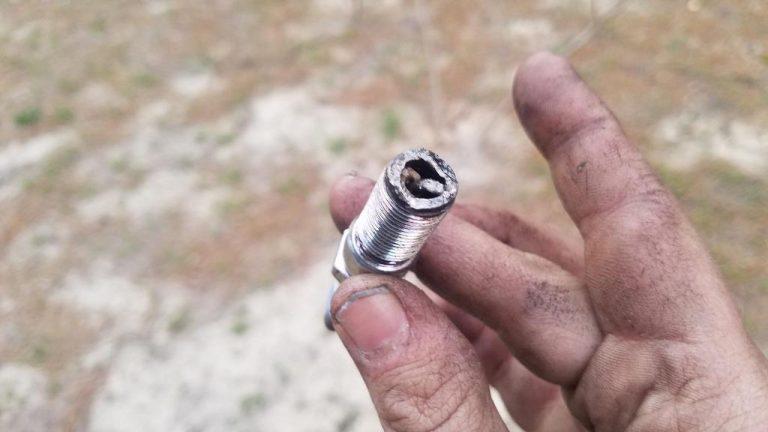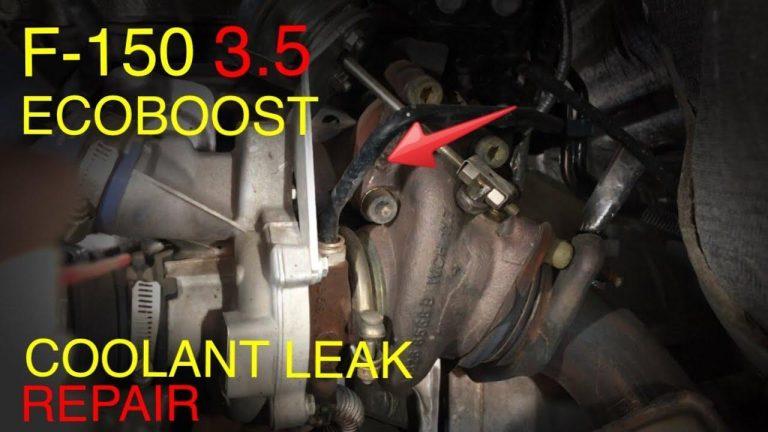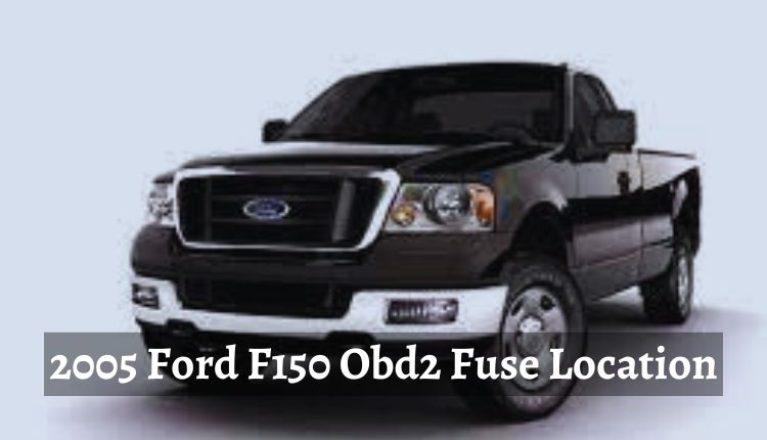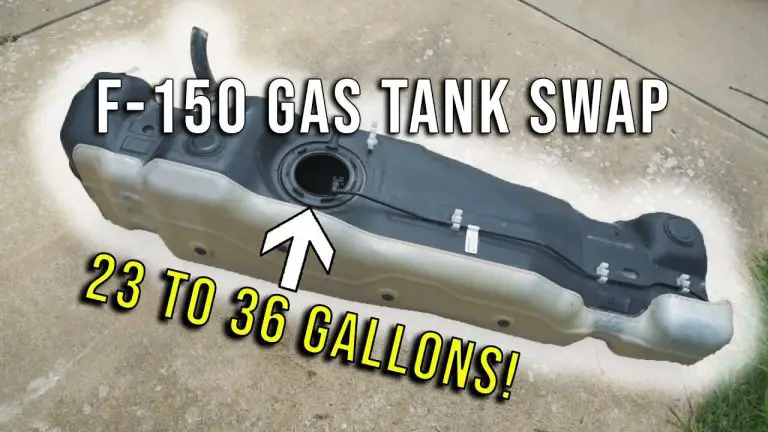Ford 4.2 V6 Life Expectancy: Maximize Engine Longevity
The Ford 4.2 V6 engine typically lasts between 150,000 to 200,000 miles with proper maintenance. Regular care and timely repairs are essential for longevity.
The Ford 4. 2 V6 engine, known for its robust performance, has been a reliable choice for many vehicle owners. This engine powers various Ford models, combining decent power output with commendable fuel efficiency. Proper maintenance significantly influences the engine’s life expectancy, making routine oil changes, timely repairs, and part replacements crucial.
Neglecting these can lead to premature wear and tear, reducing the engine’s lifespan. Vehicle owners often report crossing the 150,000-mile mark without major issues, showcasing the engine’s durability. Investing in quality parts and regular check-ups can help maximize the life of the Ford 4. 2 V6 engine.
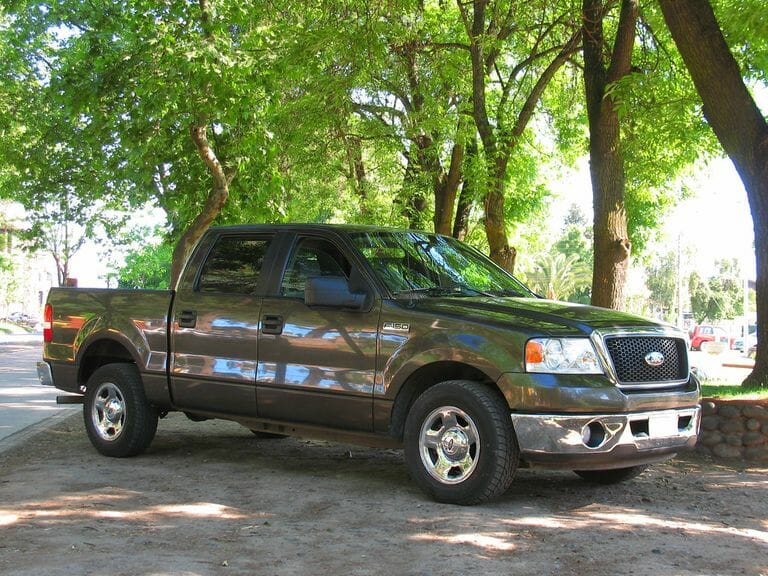
Credit: www.vehiclehistory.com
Ford 4.2 V6 Engine Overview
The Ford 4.2 V6 engine is known for its reliability. This engine has powered many Ford vehicles over the years. It offers a good balance between performance and efficiency.
Engine Specifications
| Specification | Details |
|---|---|
| Displacement | 4.2 liters |
| Configuration | V6 |
| Horsepower | 202 HP |
| Torque | 252 lb-ft |
| Fuel System | Sequential Multi-Port Fuel Injection |
This engine has a cast iron block and aluminum heads. It uses an overhead valve (OHV) design with two valves per cylinder. This makes it simple and durable.
Common Applications
The Ford 4.2 V6 engine has been used in several models. Here are some of the most common:
- Ford F-150 (1997-2008)
- Ford E-Series Vans (1997-2008)
- Ford Explorer (2001-2003)
These vehicles benefit from the engine’s torque and durability. The engine is well-suited for towing and hauling. Many owners report high mileage with proper maintenance.
Overall, the Ford 4.2 V6 engine is a reliable workhorse. Its simplicity and robustness make it a favored choice for many drivers.
Factors Influencing Engine Life
The Ford 4.2 V6 engine is known for its reliability. Many factors affect its life expectancy. Understanding these factors can help extend the engine’s lifespan.
Driving Habits
Driving habits significantly impact the Ford 4.2 V6 engine life. Gentle driving puts less stress on the engine. Aggressive driving can cause more wear and tear.
- Avoid rapid acceleration: It reduces engine strain.
- Maintain steady speeds: It promotes engine longevity.
- Limit short trips: It helps the engine reach optimal temperature.
Maintenance Practices
Regular maintenance is crucial for the Ford 4.2 V6 engine. Proper care can prevent many issues.
| Maintenance Task | Frequency |
|---|---|
| Oil Changes | Every 5,000 miles |
| Coolant Checks | Every 6 months |
| Air Filter Replacement | Every 15,000 miles |
| Spark Plug Inspection | Every 30,000 miles |
Following these maintenance practices ensures a longer engine life. Always use high-quality parts and fluids for the best results.
Maintenance Tips For Longevity
The Ford 4.2 V6 engine is known for its durability and power. To ensure it runs smoothly for years, proper maintenance is key. Follow these maintenance tips to enhance the longevity of your Ford 4.2 V6 engine.
Regular Oil Changes
Regular oil changes are vital for engine health. Old oil can cause wear and tear on engine parts. Change the oil every 3,000 to 5,000 miles.
- Use high-quality motor oil.
- Check the oil level monthly.
- Replace the oil filter with every oil change.
Keeping fresh oil in the engine reduces friction. This helps in preventing overheating and engine damage.
Coolant System Care
The coolant system helps maintain engine temperature. Proper care ensures the engine does not overheat. Check the coolant level regularly.
- Inspect the radiator and hoses for leaks.
- Flush the coolant system every two years.
- Use the recommended type of coolant.
A well-maintained coolant system extends the life of the engine. It also prevents costly repairs.
| Maintenance Task | Frequency |
|---|---|
| Oil Change | Every 3,000 to 5,000 miles |
| Coolant Flush | Every 2 years |
By following these tips, your Ford 4.2 V6 engine will last longer. Regular maintenance is the key to a healthy engine.
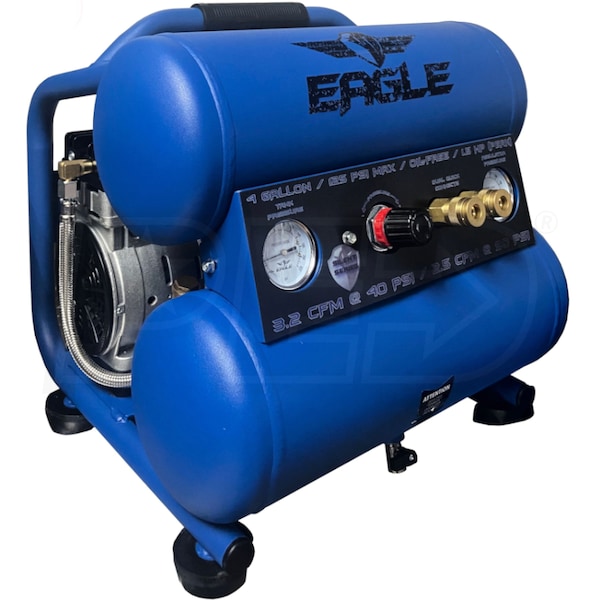
Credit: www.powerequipmentdirect.com
Common Issues And Solutions
The Ford 4.2 V6 engine is known for its reliability. However, it does have some common issues. These problems can affect the engine’s life expectancy. Knowing these issues helps in maintaining the engine better. Here are some common problems and their solutions.
Overheating Problems
Overheating is a significant issue with the Ford 4.2 V6 engine. This problem can arise due to various reasons.
- Low Coolant Levels: Always check and refill the coolant.
- Faulty Thermostat: A stuck thermostat can cause overheating. Replace it if needed.
- Radiator Issues: Ensure the radiator is clean and not clogged.
Regular maintenance can prevent these overheating issues. Always monitor the engine temperature gauge.
Oil Leaks
Oil leaks are another common problem with this engine. Identifying the source of the leak is crucial.
| Cause | Solution |
|---|---|
| Worn-Out Gaskets | Replace old gaskets with new ones. |
| Cracked Oil Pan | Fix or replace the oil pan. |
| Loose Oil Filter | Tighten or replace the oil filter. |
Regularly check for oil leaks. Address them promptly to avoid engine damage.
Taking care of these common issues can extend the engine’s life expectancy. Regular inspections and maintenance are key.
Performance Upgrades And Their Impact
Performance upgrades can significantly enhance the life expectancy of your Ford 4.2 V6. By improving various components, you can ensure better efficiency and longevity. Below, we explore the impact of two key upgrades: air intake systems and exhaust modifications.
Air Intake Systems
Upgrading the air intake system can boost your engine’s performance. A high-flow air filter allows more air into the engine. More air means better combustion and increased power. This reduces engine strain and can extend its life.
Consider a cold air intake system. These systems draw cooler air from outside the engine bay. Cooler air is denser and contains more oxygen. This results in more efficient combustion. Efficient combustion improves fuel economy and reduces wear on engine parts.
Exhaust Modifications
Modifying the exhaust system can also improve performance. A free-flowing exhaust reduces back pressure. Less back pressure means the engine works less to expel exhaust gases. This improves horsepower and torque.
Consider a cat-back exhaust system. It replaces the exhaust pipe from the catalytic converter to the muffler. This enhances the flow of exhaust gases. Better flow means less engine strain and improved efficiency. It can also improve your engine’s lifespan.
Here is a table summarizing the benefits of these upgrades:
| Upgrade | Benefit | Impact on Engine Life |
|---|---|---|
| High-Flow Air Filter | Better Combustion | Reduced Engine Strain |
| Cold Air Intake | Cooler Air | Efficient Combustion |
| Free-Flowing Exhaust | Less Back Pressure | Improved Power |
| Cat-Back Exhaust | Enhanced Flow | Less Engine Strain |
Implementing these upgrades can positively affect the Ford 4.2 V6’s life expectancy. By reducing strain and improving efficiency, you can enjoy a longer-lasting engine.
Signs Of Engine Wear
Understanding the signs of engine wear in your Ford 4.2 V6 is essential. This knowledge can help you maintain the engine’s longevity. Below are some common signs to watch for.
Unusual Noises
One of the first signs of engine wear is unusual noises. These sounds can indicate different issues.
- Knocking Sounds: This may mean worn-out bearings.
- Squealing Noises: Often due to a loose belt or tensioner.
- Rattling Sounds: Can be caused by loose or broken parts.
Always pay attention to new or strange noises from your engine. Early detection can save you from major repairs.
Decreased Performance
Another key sign of engine wear is decreased performance. This affects the overall driving experience.
- Sluggish Acceleration: The engine may not respond quickly.
- Poor Fuel Efficiency: You might notice more trips to the gas station.
- Rough Idling: The engine may feel shaky when stationary.
If you notice any of these issues, it’s crucial to have the engine checked. Regular maintenance can help avoid these problems.
When To Consider A Rebuild
The Ford 4.2 V6 engine is known for its durability. But like all engines, it ages and wears out. Understanding when to consider a rebuild can save you from unexpected breakdowns. A rebuild can restore performance and extend the engine’s life. Let’s explore key factors to help you decide.
Cost-benefit Analysis
A rebuild can be costly but often cheaper than buying a new engine. Weighing the pros and cons helps make an informed decision. Below is a simple table comparing costs.
| Option | Estimated Cost | Benefits |
|---|---|---|
| New Engine | $5,000 – $7,000 | Longer lifespan, warranty |
| Rebuild | $2,000 – $4,000 | Improved performance, cost-effective |
Consider your budget and the current state of your engine. If the engine has minor issues, a rebuild could be the best choice. On the other hand, a new engine might be better for severe damage.
Choosing A Rebuild Kit
The quality of the rebuild kit affects the engine’s performance. A good kit ensures a smoother rebuild process and longer engine life. Here are important factors to consider:
- Compatibility: Ensure the kit matches your Ford 4.2 V6.
- Quality: Choose kits from reputable brands.
- Components: Look for kits including pistons, gaskets, and bearings.
- Warranty: Opt for kits with a warranty for peace of mind.
Research and read reviews to find the best rebuild kit. Investing in a high-quality kit can save money in the long run.
Real-life Longevity Stories
The Ford 4.2 V6 engine has a reputation for durability. Many owners have shared their experiences. These stories show how long this engine can last. Below are some amazing real-life longevity stories.
High-mileage Successes
Some Ford 4.2 V6 engines have gone beyond 300,000 miles. These engines still run smoothly. Here are a few high-mileage success stories:
- John’s F-150: Reached 350,000 miles with regular maintenance.
- Sarah’s E-150: Crossed 320,000 miles with no major repairs.
- Mike’s Ranger: Hit 310,000 miles with routine oil changes.
These high-mileage stories show the engine’s potential. Proper care and maintenance are key.
Owner Testimonials
Many owners praise the Ford 4.2 V6 for its reliability. Here are a few testimonials:
| Owner | Vehicle | Mileage | Comments |
|---|---|---|---|
| John | F-150 | 350,000 | “Regular oil changes kept it running.” |
| Sarah | E-150 | 320,000 | “Never had a major issue.” |
| Mike | Ranger | 310,000 | “Routine maintenance did wonders.” |
Regular maintenance includes oil changes, spark plugs, and air filters. Keeping the engine clean is also important.
These testimonials show the engine’s resilience. Owners appreciate its long life span.

Credit: www.amazon.com
Frequently Asked Questions
Is A Ford 4.2 L V6 A Good Motor?
Yes, the Ford 4. 2L V6 is a reliable and durable engine. It offers good power and fuel efficiency.
How Many Miles Will A V6 F-150 Last?
A V6 F-150 can last between 150,000 to 300,000 miles with proper maintenance. Regular servicing extends its lifespan.
How Much Horsepower Does A 4.2 L V6 Have?
A 4. 2 L V6 engine typically produces between 200 to 240 horsepower, depending on the model and manufacturer.
What Vehicles Have The Ford 4.2 V6?
The Ford 4. 2 V6 engine is in the Ford F-150 (1997-2008) and the Ford E-Series vans (1997-2008).
Conclusion
Maintaining your Ford 4. 2 V6 engine ensures it lasts for many years. Regular servicing is crucial for longevity. Addressing issues early can prevent costly repairs. With proper care, your Ford 4. 2 V6 can deliver reliable performance. Remember, consistent maintenance is key to extending the life expectancy of your engine.


